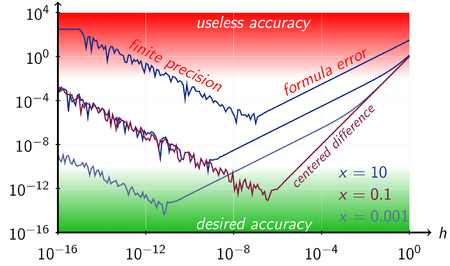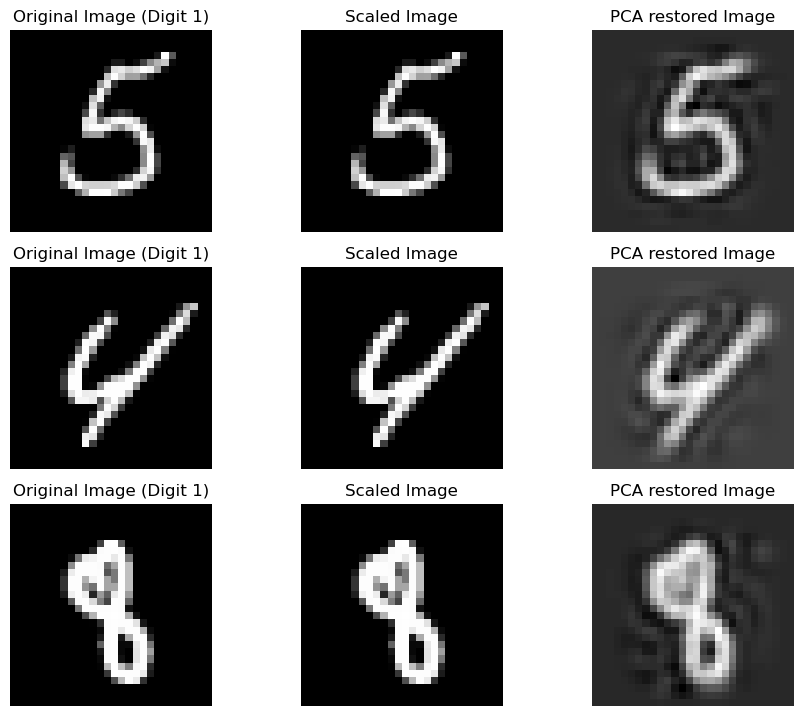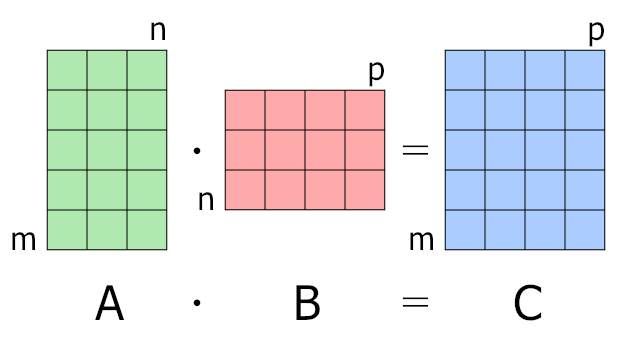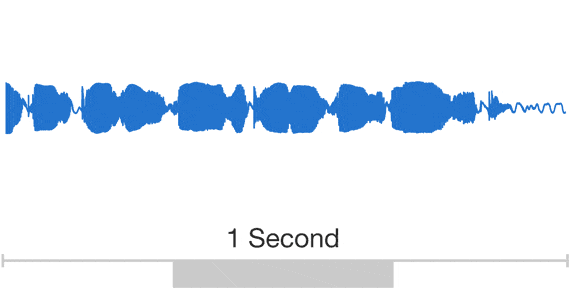Why Does the Gradient Point Upwards?
The gradient, \( \nabla f(\textbf{x}) \), tells us the direction in which a function increases the fastest. But why?

Gradient direction in 3D from Min => Max
The gradient, \( \nabla f(\textbf{x}) \), tells us the direction in which a function increases the fastest. But why?

Gradient direction in 3D from Min => Max
Learn the mathematical concept, see how it translates into Python code, and discover three numerical differentiation methods - forward, backward, and central. Watch as we visualize their performance, helping you understand which method provides the most precise results for your calculations!

Absolute Error Numerical Differentiation Example

Hey there, data enthusiasts! Today, we're diving into the fascinating world of Machine Learning Classification using one of the most iconic datasets out there - the MNIST dataset. MNIST stands for Modified National Institute of Standards and Technology.
We're diving into the realm of MNIST - a dataset that's like a treasure map for budding data scientists. It contains thousands of handwritten digits from 0 to 9. Each image is a snapshot of someone's attempt to scribble a number, and our mission is to make sense of these.
Understanding the transformation of input through weights and biases is fundamental in machine learning. Let's dive into how matrix multiplication plays a crucial role. It's all about matrix multiplication, the bread and butter of transforming inputs into meaningful outputs. Let's dive into how weights, biases, and inputs dance together in this mathematical ballet.

For matrix multiplication, the number of columns in the first matrix must be equal to the number of rows in the second matrix. The result matrix has the number of rows of the first and the number of columns of the second matrix.
Audio is a very complicated data structure, just take a look for a 1 sec waveform...
 |
|---|
| Audio exhibits patterns at multiple time scales. Source: Google DeepMind. |
Developing a high-quality text-to-speech (TTS) system is a complex task that requires extensive training of machine learning models. While successful TTS models can revolutionize how we interact with technology, enabling natural-sounding speech synthesis for various applications, the path to achieving such models is often paved with challenges and setbacks.